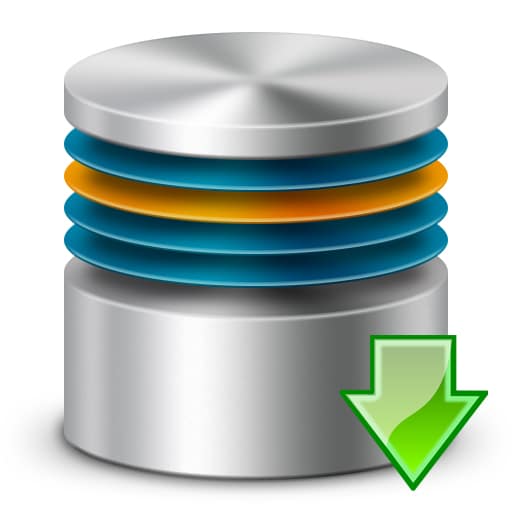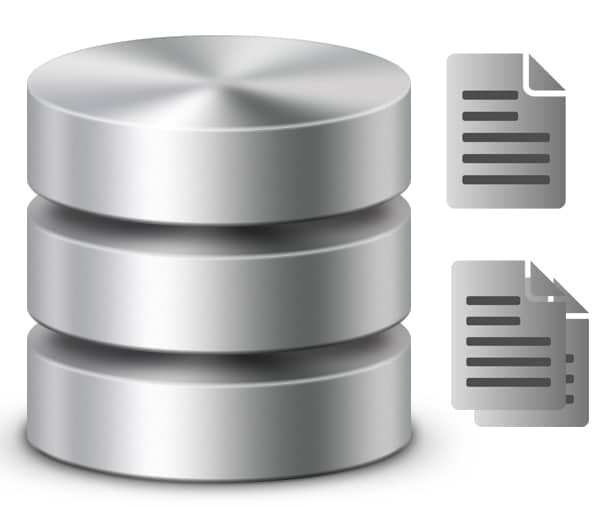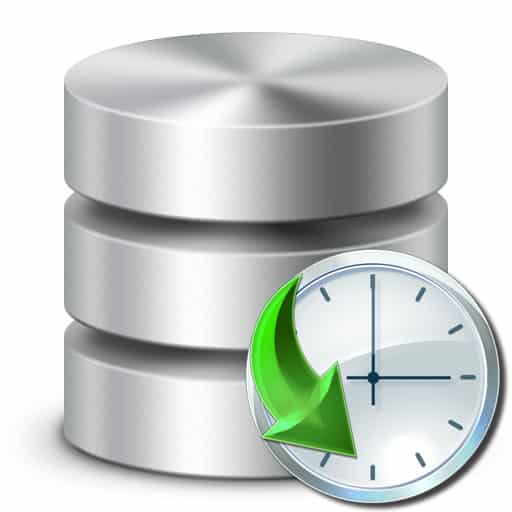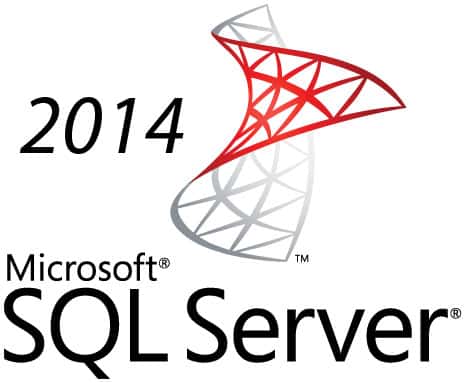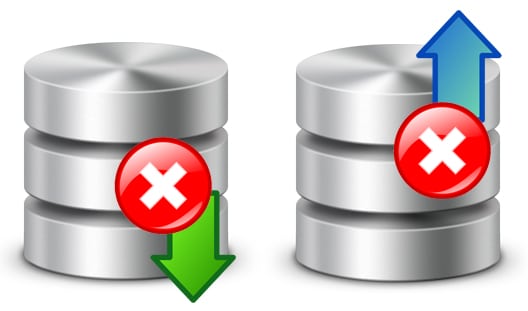 Media errors during backup or restore operations are quite stressful because usually, these tasks should run smoothly.
Media errors during backup or restore operations are quite stressful because usually, these tasks should run smoothly.
But just in case you happen to have one such error, then it would be ready if you would be prepared or have a bit of knowledge about these errors before you see them.


